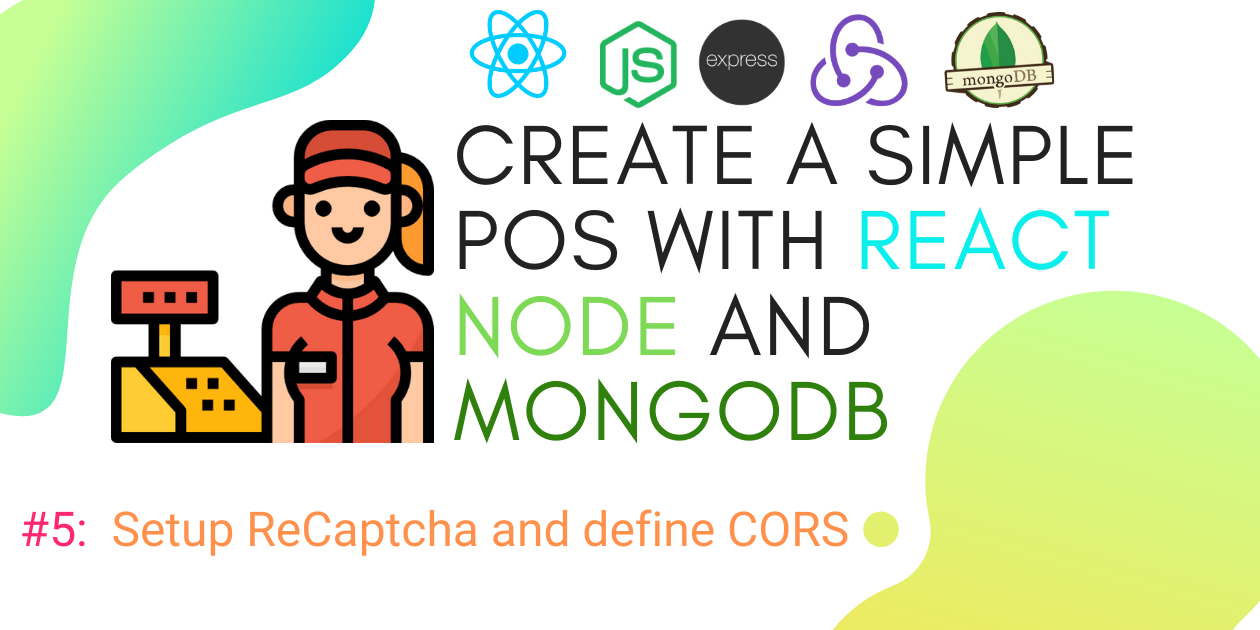In today’s digital landscape, having a robust online presence is crucial for businesses that seek to thrive, especially in the competitive world of B2B marketing. With countless potential leads browsing the web, the importance of optimizing your website to attract and convert these visitors cannot be overstated. A well-optimized site doesn’t just improve visibility; it enhances user experience, builds credibility, and ultimately drives more qualified leads to your doorstep. In this article, we will explore essential strategies that can help you effectively optimize your website for B2B leads, ensuring that your digital efforts translate into real business growth. Whether you’re revisiting your current tactics or starting from scratch, these actionable insights will provide a roadmap to strengthen your online presence and foster lasting relationships with potential clients.
Table of Contents
- Understanding Your Target Audience for Effective Lead Generation
- Leveraging SEO Best Practices to Increase Organic Traffic
- Implementing High-Quality Content Marketing Strategies
- Utilizing Data Analytics to Refine Your Approach and Improve Conversion Rates
- To Wrap It Up
Understanding Your Target Audience for Effective Lead Generation
Understanding your ideal client is pivotal for crafting an effective lead generation strategy. Start by conducting thorough research to gather insights into their demographics, industry, and roles within their organizations. Creating buyer personas can greatly aid in this process. These personas are fictional representations of your target audience, encompassing their challenges, goals, and purchasing behaviors. By summarizing key characteristics and motivations, your marketing efforts can be tailored to address their specific needs. For instance, consider the following attributes when developing your personas:
- Job Title: Identify the key decision-makers.
- Industry: Understand the sector they operate in.
- Pain Points: Recognize their primary challenges.
- Goals: Determine their short and long-term objectives.
Once you have identified your target audience, it’s essential to engage them through tailored content that speaks directly to their interests. Leverage data analytics to track user behavior on your website and refine your content accordingly. This strategy enables you to create relevant landing pages that resonate with specific segments of your audience. For example, you can create a table to outline the key topics of interest:
| Audience Segment | Interests | Preferred Content Format |
|---|---|---|
| Marketing Managers | Digital Marketing Trends | Blog Articles, Webinars |
| IT Directors | Cybersecurity Solutions | Case Studies, Whitepapers |
| Operations Managers | Process Optimization | Infographics, E-books |
Leveraging SEO Best Practices to Increase Organic Traffic
Implementing effective SEO best practices can significantly enhance your website’s visibility and drive more organic traffic. Start by conducting thorough keyword research to understand what terms your potential B2B customers are searching for. Utilize long-tail keywords as they often have less competition and can drive more qualified leads. On-page SEO elements such as optimizing your title tags, meta descriptions, and header tags play a crucial role in conveying the relevance of your content to search engines. Additionally, consider improving your website’s loading speed and mobile responsiveness, as these factors contribute to a better user experience and can positively impact your rankings.
Content is king, particularly in the B2B realm. Focus on creating high-quality, informative content that addresses the pain points of your audience. Regularly update your blog with relevant topics that showcase your expertise and provide actionable insights. Encourage backlinks by sharing your content on social media platforms and engaging with industry influencers. Additionally, utilize internal linking to improve navigation and keep visitors on your site longer, which signals to search engines that your content is valuable. A few essential tactics to bear in mind include:
- Prioritizing quality content creation.
- Incorporating targeted keywords naturally within your text.
- Building backlinks from reputable sites.
- Ensuring your site is mobile-friendly and user-oriented.
| SEO Tactic | Benefit |
|---|---|
| Keyword Optimization | Increases relevant traffic |
| Backlinking | Boosts authority and trust |
| Quality Content | Engages and retains visitors |
| Mobile Responsiveness | Improves user experience |
Implementing High-Quality Content Marketing Strategies
In the competitive B2B landscape, high-quality content marketing strategies can set your business apart from the rest. Focusing on value-driven content not only attracts potential leads but also nurtures them through the buyer’s journey. To optimize your approach, consider the following practices:
- Audience Research: Understand your target audience’s needs, challenges, and preferences to create content that resonates.
- SEO Optimization: Implement keyword research and on-page SEO techniques to increase visibility and drive organic traffic.
- Content Variety: Utilize a mix of formats such as blogs, whitepapers, infographics, and videos to cater to different preferences.
- Consistent Branding: Ensure your content reflects your brand’s voice and values, fostering trust with potential clients.
- Performance Analysis: Regularly assess the effectiveness of your content through analytics to refine and improve your strategies.
By focusing on these key elements, you can create a cohesive content marketing strategy that not only attracts B2B leads but also engages and converts them into loyal customers. To illustrate the impact of varying content types on engagement, consider the following table showcasing average engagement metrics:
| Content Type | Average Engagement Rate |
|---|---|
| Blog Posts | 3-4% |
| Infographics | 5-6% |
| Videos | 8-10% |
| Whitepapers | 6-7% |
Utilizing Data Analytics to Refine Your Approach and Improve Conversion Rates
In today’s competitive landscape, leveraging data analytics is essential to fine-tuning your marketing strategies and enhancing conversion rates. By examining user behavior on your website, you can uncover valuable insights that inform your next moves. Start by employing tools like Google Analytics or heat mapping software to scrutinize visitor interactions, page views, and bounce rates. This data can help you identify high-performing pages and those that need improvements. Key metrics to focus on include:
- Click-Through Rates (CTR): Highlighting how often users engage with your calls to action.
- Session Duration: Understanding how long visitors stay on your site can indicate content relevance.
- Conversion Funnel Analysis: Tracking the steps that lead to a successful lead generation or purchase.
Once you gather the data, implementing A/B testing becomes critical. This method allows you to experiment with different elements of your website, such as headlines, images, and the placement of CTAs. Create variations of your existing pages based on analytics findings, then measure which version yields better results. To streamline this process, consider using a format like the one below to record your tests:
| Test Element | Version A | Version B | Conversion Rate |
|---|---|---|---|
| CTA Button Color | Red | Green | 5% vs 7% |
| Headline | Get a Free Quote | Request a Demo | 6% vs 8% |
Through continuous analysis and testing, you can develop a more refined approach to meet the needs of your target audience, ultimately leading to sustained improvements in your conversion rates.
To Wrap It Up
optimizing your website for B2B leads is not just a one-time task but an ongoing strategy that requires careful attention to detail, consistent updates, and a willingness to adapt to changing market conditions. By implementing the essential strategies outlined in this article—from enhancing user experience to leveraging SEO and utilizing targeted content marketing—you can create a more compelling online presence that attracts and converts potential clients. Remember, the digital landscape is ever-evolving, so regularly evaluating and refining your approach will help ensure your website remains a powerful tool for lead generation. Start implementing these strategies today, and watch your business thrive in the competitive B2B marketplace. Thank you for reading, and stay tuned for more insights to help you grow your business effectively.





